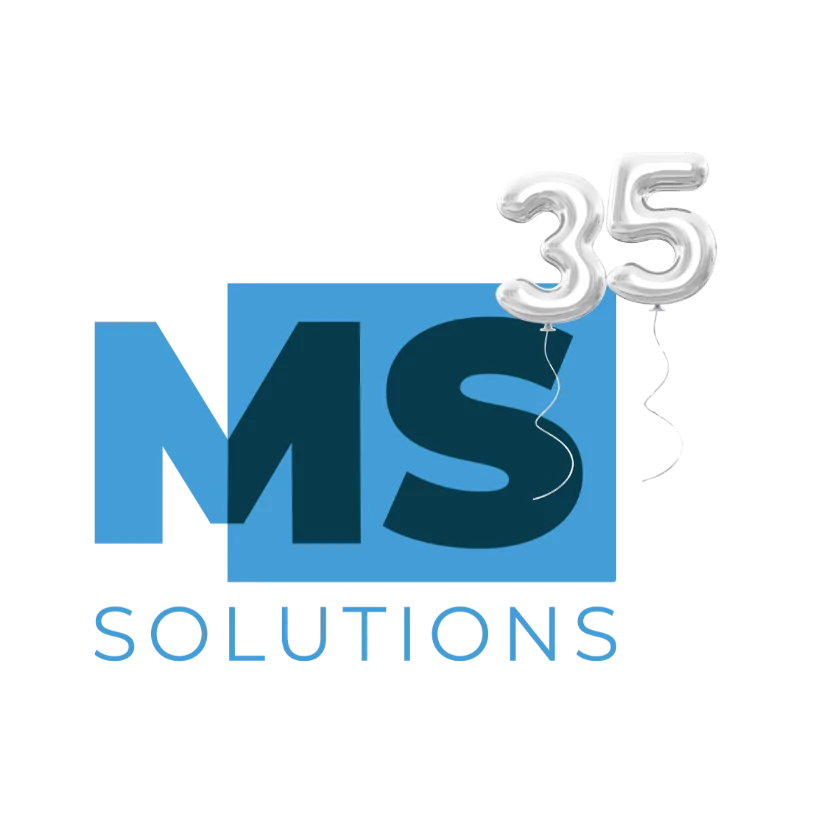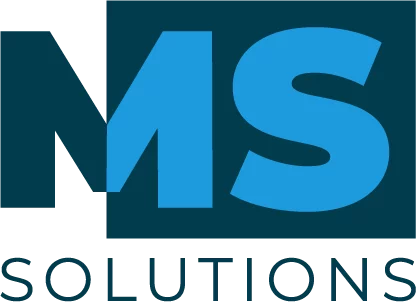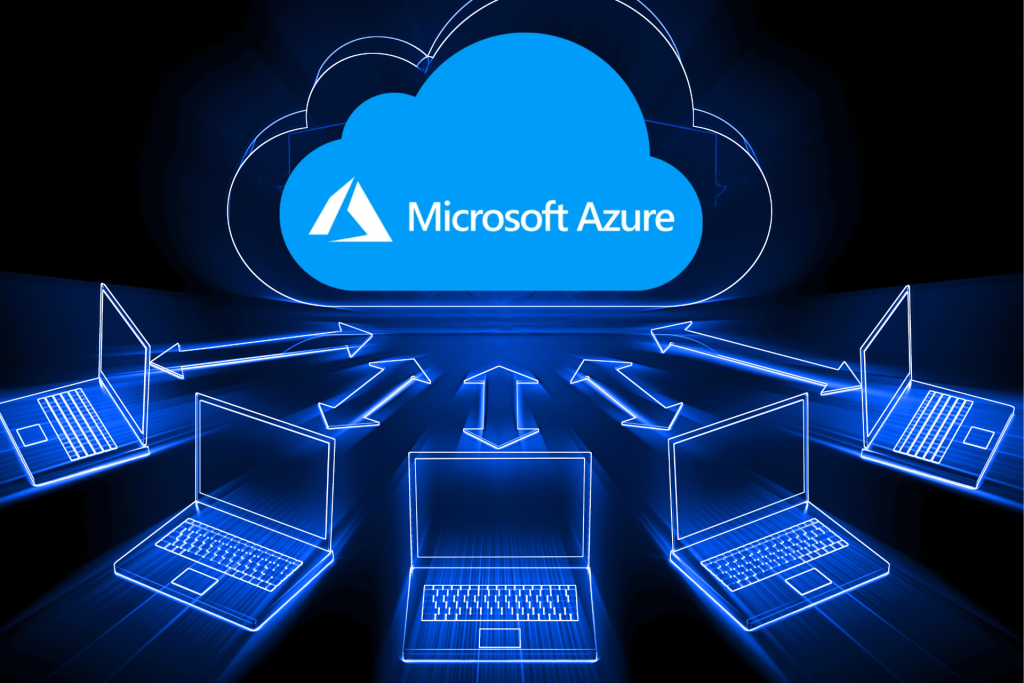The world of computing is evolving at lightning speed, and cloud computing has become a central pillar in this revolution. But what do these mysterious acronyms like IAAS, PAAS, SAAS, BAAS and DRaaS BaaS mean? Don’t worry, we’ll demystify it all for you.
What is “Cloud computing”?
Cloud computing provides remote access to computing resources via the Internet, freeing users from hardware constraints. This concept provides unparalleled flexibility, scalability and security, while reducing infrastructure costs.
Infrastructure-as-a-service (IAAS)
Infrastructure-as-a-Service (IaaS) constitutes the fundamental pillar of cloud computing. This service allows businesses to rent core IT resources such as servers, storage, and network resources from a cloud service provider. The essential aspect of IaaS is that the provider takes over the management of the physical infrastructure, while the customer maintains full control over the virtual resources. This flexibility gives businesses the ability to quickly adapt to fluctuations in demand without having to invest in costly and potentially obsolete infrastructure. Additionally, IaaS adopts a consumption pricing model, meaning businesses only pay for the resources they actually use.
A notable example of IaaS is Microsoft Azure, which offers a wide range of services allowing businesses to deploy and manage applications on a global scale with ease and efficiency.
Platform-as-a-service (PAAS)
Platform-as-a-Service (PaaS) represents a significant advancement in the field of cloud computing by offering a complete solution for the development, testing and deployment of applications. Going beyond the simple resources provided by IaaS, PaaS includes a wide range of development tools, databases and middleware services. In this model, the provider takes over management of the underlying infrastructure, allowing developers to focus exclusively on writing code and improving the user experience. This approach results in a noticeable acceleration of the development process, a reduction in infrastructure costs and a simplification of collaboration between development teams.
A notable example of PaaS is Red Hat OpenShift, a cloud platform that provides advanced capabilities for developing, deploying, and managing containerized applications.
Software-as-a-service (SAAS)
Software-as-a-Service (SaaS) reinvents the user experience by offering ready-to-use software hosted in the cloud. This revolutionary approach eliminates the need to install and update apps on each device, allowing users to simply access software through a web browser or mobile app. In this model, the provider takes care of the entire process, from maintenance to software updates, ensuring users always have up-to-date and secure applications. This approach particularly appeals to small businesses and individual users, providing easy access to specialist software without the hassle of managing IT infrastructure. A notable example of SaaS is Microsoft 365, which offers a full suite of cloud-hosted productivity and collaboration applications.
Backup-as-a-service (BAAS)
Data backup is a crucial part of any business, but managing a backup infrastructure can quickly become expensive and complex. To simplify this process, Backup-as-a-Service (BaaS) offers a fully managed backup solution in the cloud. With this service, the provider takes care of security, updating and backup management, providing businesses with a reliable and cost-effective solution to protect their sensitive data. Additionally, the consumption pricing model means that businesses only pay for the storage space used and the frequency of backups performed.
Backup-as-a-Service, also known as backup as a service, allows a business or individual to back up and restore their data to the cloud. The service provider takes care of the entire process, from managing to securing backups, stored on remote servers. With this model, customers are freed from investing in backup hardware or software, paying only for the resources they actually use.
BaaS provides essential protection against data loss, cyberattacks, hardware failures and other incidents. Additionally, it allows businesses to comply with security standards and quickly recover their data when needed. This service is particularly aimed at companies or individuals managing sensitive or critical data, wanting a simple, reliable and economical backup solution to guarantee the security of their information.
In summary, BaaS provides a complete cloud data backup solution. The service provider takes care of data protection, restoration, and retention, while the customer has the flexibility to choose what data to back up, as well as the frequency and duration of backups. With its guarantees of security, reliability and data compliance, BaaS provides essential peace of mind. An exemplary example of BaaS is Veritas NetBackup, known for its robustness and effectiveness in protecting critical data.
Disaster-Recovery-as-a-Service (DRAAS)
Disaster-Recovery-as-a-Service (DRaaS) provides a fully cloud-hosted disaster recovery solution. Rather than relying on traditional disaster recovery infrastructures, which are often costly and complex, businesses can now use the cloud to replicate their critical data and applications. In the event of a disaster, the provider can quickly switch operations to a contingency environment, ensuring minimal business continuity. This approach provides businesses with increased resilience and availability, without the costs and complexities associated with managing a traditional disaster recovery infrastructure.
A notable example of DRaaS is IBM Cloud Resiliency Orchestration, recognized for its robustness and ability to ensure operations can resume in any circumstance.
In short,
Cloud computing offers a wide range of services meeting a variety of needs, whether in terms of infrastructure, development, software or security. Each service has unique characteristics, giving each business the opportunity to find the ideal solution to meet their specific needs.
Whether you are looking for increased flexibility with Infrastructure-as-a-Service (IaaS), simplified application development with Platform-as-a-Service (PaaS), optimal accessibility with Software-as-a -Service (SaaS), or even reinforced protection of your data with Backup-as-a-Service (BaaS) and Disaster-Recovery-as-a-Service (DRaaS), cloud computing offers solutions adapted to all the situations.
If you are looking for additional assistance in exploring the different options available or determining which solution is best suited to your organization, please do not hesitate to contact our expert




